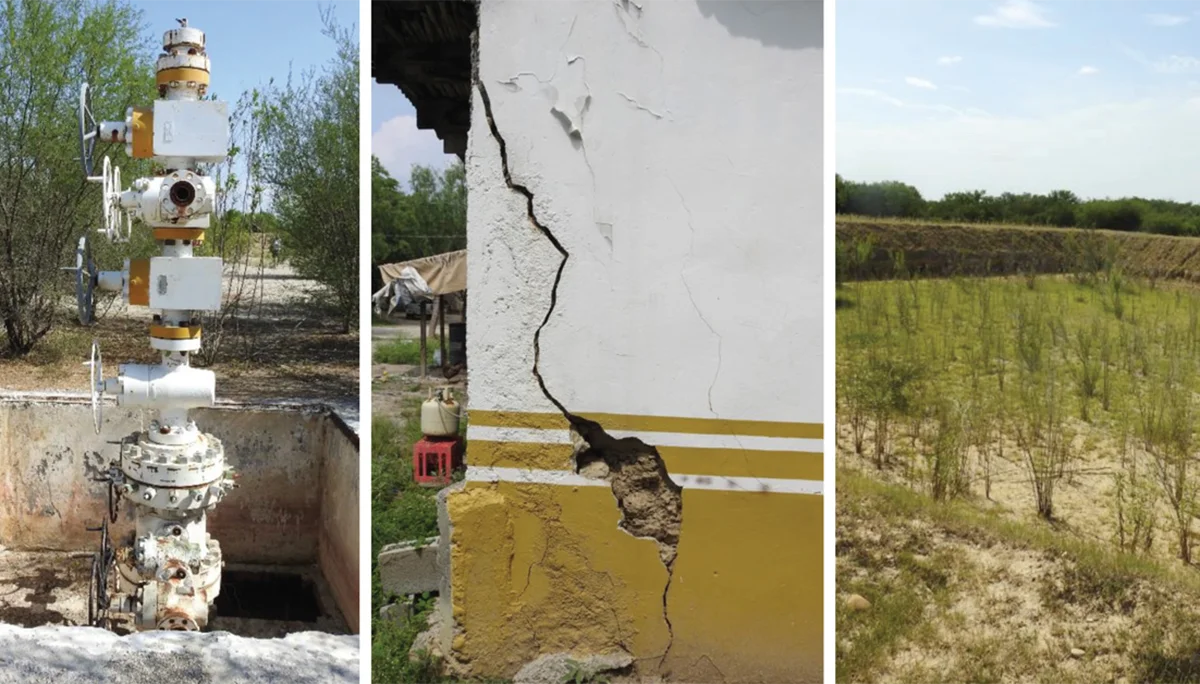CEC publishes Factual Record on Hydraulic Fracturing in Nuevo Leon, Mexico
Tiohtià:ke (Montreal), 14 July 2025 — On 3 July 2025, the Secretariat of the Commission for Environmental Cooperation (CEC) published the factual record regarding submission SEM-18-003 (Hydraulic Fracturing in Nuevo Leon) in accordance with the CEC Council’s unanimous vote in Council Resolution 25-02. The factual record is the final step in the CEC’s Submissions on Enforcement Matters (SEM) process, which allows individuals, organizations and entities across North America to raise concerns about the enforcement of environmental laws by Canada, Mexico or the United States.
This factual record is based on a submission filed on 3 October 2018 by some residents of the State of Nuevo Leon, Mexico. The Submitters —who requested confidentiality— asserted that Mexico failed to effectively enforce environmental laws with respect to hydraulic fracturing exploration activities in Nuevo Leon’s municipalities of Los Ramones and China.
In Council Resolution 23-05, dated 5 October 2023, the Council instructed the CEC Secretariat to prepare a factual record with respect to two wells and, in particular, on sustainable water use and the application of safety measures during the exploration phase, mindful of the fact that the two wells never entered the extraction phase.
The factual record provides information on the hydraulic fracturing process and its potential effects on water quality and availability, particularly in Nuevo Leon, a water-scarce region. While there is an overall lack of publicly accessible information on hydraulic fracturing in Mexico, the Secretariat was able to collect information from multiple sources for the preparation of this factual record.
Two wells were examined under this factual record (Tangram–1 and Nerita–1). Drilling of both wells began in 2013. Tangram-1 was completed in December 2013 and Nerita-1 in August 2014. These wells are part of the Burgos Basin Project implemented by Pemex Exploración y Producción (Pemex). This project consisted of the development of 6,493 wells and other infrastructure in Northeast Mexico.
Water supply sources for the Tangram-1 and Nerita-1 wells were not determined prior to their construction and no surface water or groundwater concessions were granted prior to their exploration. The Secretariat was unable to confirm the water supply sources used for the construction of the Tangram–1 and Nerita–1 wells.
Documents obtained by the Secretariat revealed that the aquifers below the wells in question had deficits in water availability. The Secretariat was unable to determine the degree of impact of the wells’ construction on water availability, due to insufficient data.
The Secretariat was also unable to provide a full picture of the water quality in the aquifers as the compounds and physicochemical characteristics of fluids involved in drilling the Tangram–1 and Nerita–1 wells remain unknown. The water quality analysis available to the Secretariat contained no information on indicators for heavy metals and other toxic substances.
With respect to enforcement actions, the National Agency for Industrial Safety and Environmental Protection in the Hydrocarbon Sector (Agencia Nacional de Seguridad Industrial y de Protección al Medio Ambiente del Sector Hidrocarburos—Asea) conducted an inspection visit in March 2022. Asea and the National Water Commission (Comisión Nacional del Agua—Conagua) both stated that they lacked authority to control and regulate the waters resulting from the hydraulic fracturing process.
The full text of the factual record, including background information on the submission, is available on the CEC’s public SEM Registry: SEM-18-003 (Hydraulic Fracturing in Nuevo Leon).
The purpose of a CEC factual record is to provide an objective presentation of the facts relevant to assertions submitted under the SEM process, and to allow readers to draw their own conclusions regarding a Party’s environmental law enforcement. Although a factual record does not contain recommendations, it is expected to outline the history of the environmental enforcement issue raised in the submission, the relevant legal obligations of the Party in question, and the actions of the Party in fulfilling those obligations, thus serving as a valuable information-sharing tool.
As of 1 July 2020, the SEM process is governed by the United States–Mexico–Canada Agreement (USMCA/CUSMA). Submission SEM-18-003 (Hydraulic Fracturing in Nuevo Leon) was filed in 2018 while the North American Agreement on Environmental Cooperation (NAAEC) was in force and was accordingly processed under that agreement. This submission was the last active submission under NAAEC.
